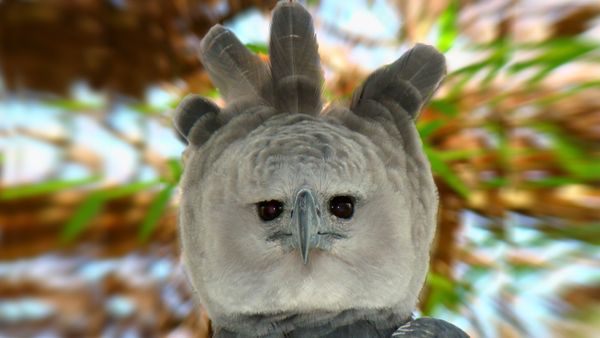
Imagine a 3-year-old human child. Now, imagine it trying to get off the ground with a pair of wings. They'd have to be pretty big wings.
Welcome to the plight of the Andean condor (Vultur gryphus), the largest flying bird in the world. Weighing in at a maximum of 33 pounds (15 kilograms), they keep their heavy bodies in the air with some of the longest wings in the world — only a handful of pelagic seabirds that soar over the open ocean for months at a time, such as albatross, petrels and shearwaters, have larger wingspans.
Advertisement
The problem with being a huge bird is that it makes getting off the ground — or even flapping those giant wings in flight — a bit of an ordeal. Soaring is easy once they're up in the sky, and that's mainly what Andean condors do — they just float like hang gliders in the air currents, surveying the ground for dead animals to eat. Scientists have always known they spend very little time flapping their 10 foot (3 meter) wingspan, but a study published July 14, 2020 in the Proceedings of the National Academy of Sciences found that they flap their wings a sum total of... almost never.
Not only did the researchers find the colossal birds only flap their wings around 1 percent of their total flight time, they discovered a bird could fly five hours and more than 100 miles (161 kilometers) without flapping them once. The research team found that weather didn't affect how much flapping the condors were doing. This means taking off is extremely costly to the bird's overall energy supply.
"This suggests that decisions about when and where to land are crucial, as not only do condors need to be able to take off again, but unnecessary landings will add significantly to their overall flight costs," said coauthor Hannah Williams, a postdoctoral researcher at the Max Planck Institute for Animal Behaviour, in a press release.
This means Andean condors must understand how to use thermals — invisible patterns and bubbles of air moving all around in the atmosphere — to their advantage much better than scientists previously gave them credit for.
Advertisement

